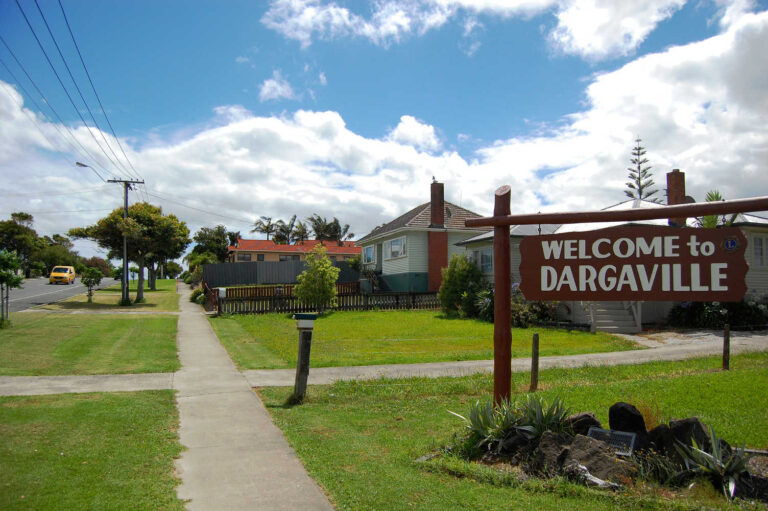Best bits, your only guide
Whale Bay there are plenty of things to do. Wholesale slaughter of whales is forever captured in the name of the bay. Today idyllic, yet yesterday riven in the blood of whales. Whale Bay is a beach where there was a massive trade in whale products in the late 18th to the mid 19th century. Today Whale Bay is a white sandy curved beach framed with trees and native bush. The beach is a favourite spot for swimming, snorkeling, picnics and romantic dates. There are composting toilets and a well maintained pathway leads to the beach. No direct road access is available so you need to park at the top of the road. There is only walking access to the beach from the car park on Matapouri Road past groves of ancient Puriri trees. There are spectacular views along the track of Whale Bay and northwards along the coast towards Whananaki and Cape Brett. The track ends at the beach.
The track has several steep sections dropping to the beach below.
The beaches story
Whale Bay was an ideal location for Māori to launch their early whaling missions and gives it the name popularly used today.
MAORI WHALING AND SEAFARING TRADITION
“In keeping with their own seafaring traditions, a number of Māori were keen to explore the world in the wake of European contact in the closing decades of the 18th century.
In 1777 two Māori boys, Te Weherua and Koa from Queen Charlotte Sound / Tōtaranui were probably the first Māori to travel beyond New Zealand since the early seafaring days of their Polynesian ancestors. They joined James Cook aboard the Resolution as it sailed from New Zealand to Tahiti. Their fate is unknown.


Others soon followed.
By 1795, chiefs were sailing to Sydney aboard trading ships in search of bartering opportunities. Other Māori worked their passage on European and American vessels. A number of Māori also proved to be willing and eager recruits for the whaling ships that began arriving here from the 1790s. Described by one whaleboat owner as ‘orderly and powerful seamen’, Māori saw whaling as exciting and an opportunity to see the world.
The first record of Māori on board a whaler came in 1804, and in 1826 one British whaleboat reported having 12 Māori crew.” Source: Māori explore the world – Encounters.
TRAVEL PACK INFORMATION
Every town adds to the richness of things to do and see. For more details about the region check Far North & Northland Region nearby attractions and events.
BEST BITS TRAVEL GUIDE


















